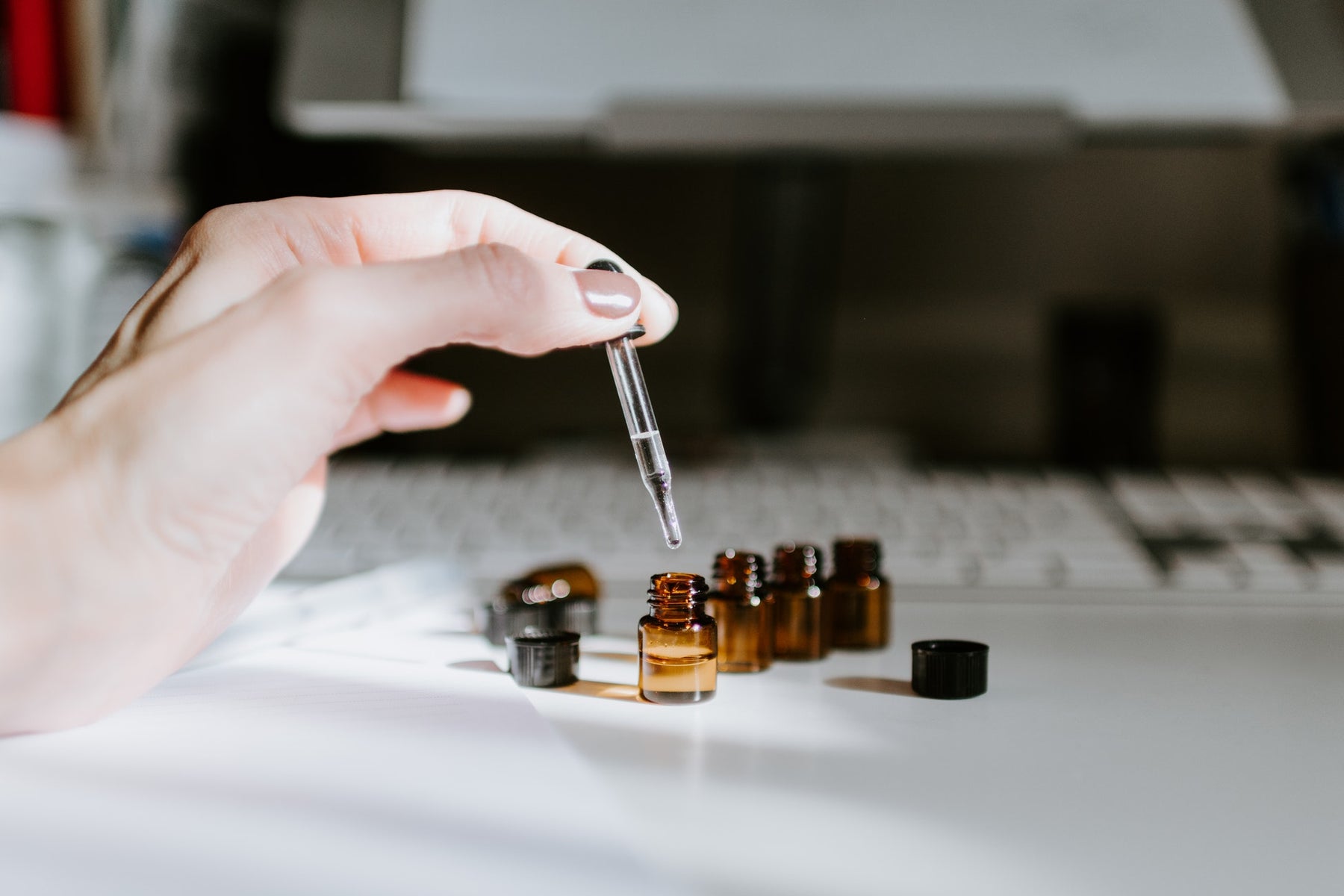
Retinoids, Retinol and Retin-A: What's the Difference? - Melisse & Co. Beauty
Retinoids are compounds derived from vitamin A. These elements provide numerous benefits for skin health. Regular use of retinoids can result in your skin tone being firmer and have a smoother texture. Overall, your complexion will be brighter.
Retinoids can speed up cell turnover rates and increase collagen production. Studies show they may increase elastin production as well. For this reason, retinoids are used in many anti-aging skincare products that are intended to prevent and reverse signs of aging skin.
These compounds minimize clogged pores. Therefore, they are also found in acne skincare treatments.
Retinols and Retin-A are retinoids. They are also derived from vitamin A.
Retinol is a natural form of vitamin A. In order to be effective, enzymes within the skin are needed to convert retinol into retinoic acid. Once retinol is converted into retinoic acid, it will become effective.
Now the question is, what enzyme is necessary to convert retinol into retinoic acid? Is it readily available and abundant to facilitate the process? How long does it take to convert retinol into retinoic acid? Will insufficient amounts of this enzyme hinder the conversion process?
We shall look into this further.
What Is Retin-A?
Tretinoin is a synthetic medication form of vitamin A. Frequently referred to as the branded name Retin-A, tretinoin is a prescription retinoid. It is known to be 100 times more stronger, fast acting and more effective than retinol. It's generally used to treat inflammatory acne and comedonal breakouts. Retin-A's active ingredient, tretinoin, is also used to treat fine lines and wrinkles, brighten the complexion, and fade hyperpigmentation. Tretinoin is retinoic acid and therefore does not require a conversion process to become effective. In comparison to retinol, tretinoin (Retin-A) work faster and is much more powerful. Improvements in skin tone and complexion can be noticeable within six to eight weeks.
Due to the robust strength of Retin-A, this compound does come with more side effects than retinol. During the first month, you will likely notice side effects such as dryness, redness, burning, peeling and flaking. It can take up to two months for these side effects to decrease. Though the side effects do eventually minimize with time, skipping use of this product for more than 5 days can reset the effects. Thus, you will experience the initial strength of the side effects once again until your skin gets reacclimatized.
Preventing or Alleviating Side Effects
Retinoids make your skin more susceptible to sun damage, hyperpigmentation and wrinkles due to the direct exposure to new skin cells. Therefore, sunscreen is essential when using retinoids.
Help alleviate the side effects of retinoids by beginning with a low dosage and gradually increasing it over time. This will allow the skin to get acclimated to the product, thus reducing the negative side effects.
References:


Leave a comment